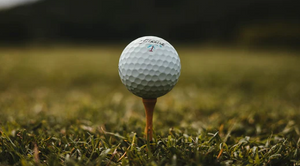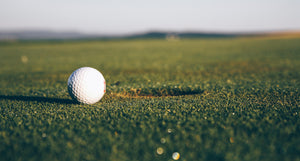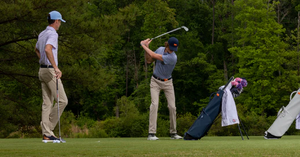What are The Most Important Golf Clubs in Your Bag?
As a newbie to the golf course, the range and price of golf clubs can be pretty overwhelming. There is leverage for club purchases, as no player wants to stint on that perfect iron that will ace their game.
There are beginner sets to get you going, but equally, you can choose individual clubs and build your own. There is quite a variety and mix of clubs seen in the golf bags of seasoned players.
The best way to marshal all these clubs is to think of the game as being roughly divided into three parts - teeing off where you need a club to deliver the ball the furthest distance, precision shots when you are on the green, and the final stage of dropping the ball into the hole. Each step of the game has numerous clubs depending on preference, player experience, and the course's unique features.
What are The Most Important Golf Clubs In Your Bag?
- Putter
- Driver
- Wedges
- 7 Iron
- Hybrid
- 3 Wood
What are The Three Main Golf Clubs You Need?
The United States Golf Association (USGA) allows each player to have a maximum of 14 clubs in their bag. These include Irons, wedges, putters, drivers, and hybrid clubs, and there is no stipulation on how many of a particular type.
Fourteen clubs are a lot, and many people play with far less – you can play with as few clubs as you like. Here are the three leading golf clubs no self-respecting player would be without on the fairway.
Driver
The driver is usually the longest club found in a golf bag and with the biggest head. The driver belongs to the 'woods' category of golf clubs and is called 'The Wood' even though the head is metal.
The object of the driver is to send the ball as far as possible towards the green. The driver is selected for the first stroke from the teeing ground.
The angle of the driver's head influences the trajectory with smaller angles designed to send the ball on a lower trajectory and larger angles delivering a higher trajectory.
A larger driver head is more forgiving on poor shots and better suited to novices and beginners to the game. Drivers can take a lot of punishment from newbies, so most pros recommend not spending too much as the club can become dented and scratched.
Iron
Most iron shots are hit from the fairway, but they are also deployed from the teeing ground on shorter holes. Irons also used to play from the rough and extract the ball from difficult areas like the bunker.
There are numerous styles of iron. The iron head is thin, and the face is grooved to add spin to the ball.
Beginners and recreational players will need a 'cavity back' style iron – these are sometimes sold in the category of 'game improvement' –. In contrast, more experienced players will choose a 'muscleback' or 'blade' iron.
Putter
The putter is used to deliver a shot at low speed and over a relatively short distance, so it is the club of choice to drop the ball into the hole when it is nearby.
The putter's head is very flat, and there are many putter styles and features to suit specific types of shots.
What Golf Clubs Should Be in Your Bag?
In addition to the three clubs already listed, several other types of golf clubs should be in your bag. Each category mentioned will have different design features.
Fairway Woods
Not the easiest club to use by any means, a fairway woods is sometimes also called ‘three woods.’ It is used as an alternative to the driver in challenging conditions, such as when it is very windy or when the driver is just not delivering.
Hybrids
Hybrids are popular with new starters to the game as they are a combo of a long iron and a fairway wood. They are great for long shots that need to be straight.
Wedges
Wedges are for short approach shots, so on average 120 yards. They are specialized irons where the object is to get the ball to either ascend or descend sharply.
A pitching wedge will hit the ball the most significant distance and is a pretty standard club included in most sets.
A sand wedge needs no introduction and lifts that pesky ball out of the bunker.
In between these two types is the gap wedge. The gap is perfect for filling in when you've got a tricky shot lined up and your other wedges just aren't cutting it.
There is the lob wedge for very steep angled shots, ideal for lifting a ball over high obstructions like a tree but constructed so that there is the minimum roll when the ball touches the ground.
Conclusion
Take a look in any golfer’s bag, and you will find a mixture of clubs chosen to suit their game – you would be surprised at what lurks in the bag of a golf pro! Here's a fun fact: over his life, Arnold Palmer amassed over 14,000 different clubs — that's a lot of shots!
This is bound to include old favorites plus some more impulsive purchases, which are probably not used that often.
Always try clubs before you buy. A good golfing retailer will advise you on the best design and features to suit your height and the state of your game. Starter sets will include everything you need, but as your game develops, you are likely to buy individual irons which are more specialist and suited to your style of play.
Don't assume that more expensive clubs will improve your game. They tend to be made of higher value materials and indeed may be loaded with design features, but at the end of the day, the club is only going to be as good as the golfer hitting it.



